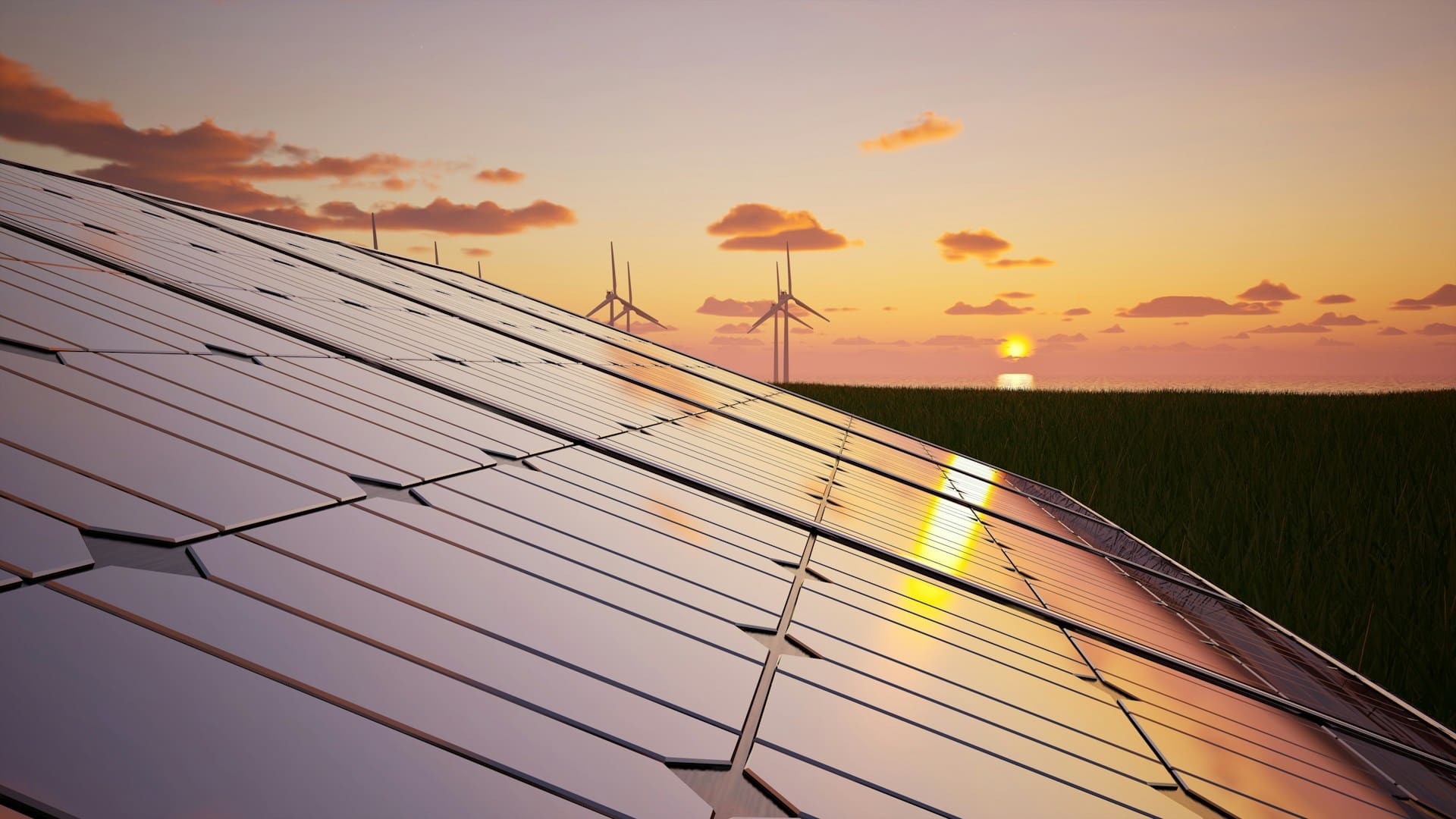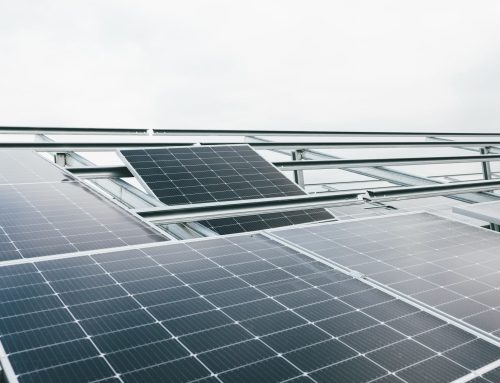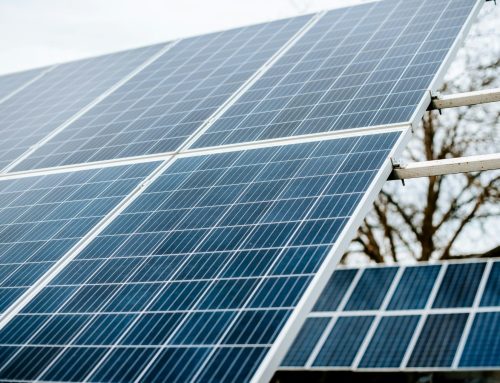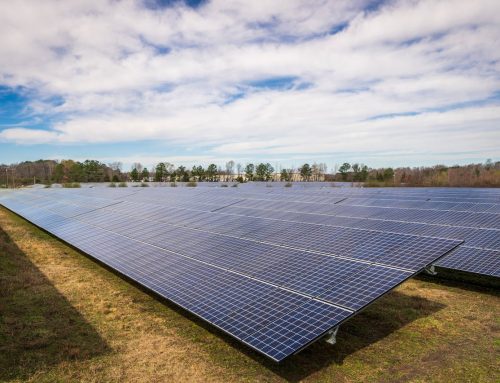Solar panels work all year round, but the changing seasons do have a noticeable effect on how they perform. Things like temperature, the number of daylight hours and how high the sun sits in the sky can all influence solar panel output. For solar owners in Adelaide, understanding how these factors come into play each season can help manage energy expectations and make smarter decisions around usage and storage.
South Australia experiences some harsh seasonal changes, from blazing summer heat to colder, shorter winter days. These shifts don’t mean solar stops working, but they do mean that certain times of the year are better than others when it comes to energy generation. Knowing what to expect from your system in summer, winter, autumn and spring puts you in a better position to plan energy use and get more value from your setup.
Summer Performance
Adelaide’s summers bring long days and more sunshine, which on paper sounds like the perfect recipe for maximum solar production. And in many ways, it is. With the sun higher in the sky for more hours of the day, solar panels tend to produce energy from early morning right through to late evening.
That said, extremely hot days can sometimes lower how efficiently your solar panels work. While more sunlight equals more generation, high temperatures can lead to warmer panel surfaces, which slightly reduces their ability to convert sunlight into electricity. It’s a bit like how a computer or phone might slow down if it overheats.
Things to keep in mind during summer:
– Solar generation generally peaks between late November and March
– Excess power generated can be stored in batteries for use after sunset
– Longer daylight hours mean more time to charge batteries during the day
– Heat-related efficiency loss is minor but worth noting, especially during back-to-back heatwaves
Many Adelaide households find summer the most valuable season for their solar systems, especially when paired with good battery storage. With smart energy use, it’s possible to run AC and other appliances during the day without drawing from the grid.
Winter Performance
Winter in Adelaide brings cooler temperatures and shorter days, reducing the number of daylight hours available for solar systems to generate energy. The lower angle of the sun means sunlight doesn’t hit panels as directly, which can lead to lower output. But that doesn’t mean winter solar is pointless.
Interestingly, cooler temperatures are actually better for solar panel efficiency. It’s the reduced hours of daylight and cloudier skies that make the biggest difference in how much power is captured each day. That said, even on overcast days, panels still work, just at a reduced level compared to bright, summer days.
Here are some ways to keep output from dropping too far:
– Install panels at an optimal tilt angle to make the most of the lower winter sun
– Use appliances with timers to run during peak daylight hours
– Pair with a high-performing battery system to cover evening use
– Prioritise panels that come with certified performance guarantees in variable weather
Winter can still offer solid returns from your solar system if it’s designed right. With good planning and quality components, solar power continues to pull its weight through the colder months.
Autumn and Spring Performance
Autumn and spring bring their own advantages for solar panel performance in Adelaide. These seasons offer moderate temperatures and more even sunlight distribution, creating an ideal environment for solar systems to function efficiently. During these transitions, the weather is more predictable, making it easier to forecast solar output and plan energy use accordingly.
Autumn gives a chance to optimise energy production without the extreme summer heat. The milder temperatures help maintain panel efficiency, while the longer daylight hours as compared to winter mean more power generation. Here’s how to make the most of it:
– Capitalise on longer daylight before winter sets in by running energy-intensive appliances during sunlight hours
– Maximise energy storage in batteries, ensuring they’re well charged for cooler months
– Plan for gradual daylight reduction and adjust energy usage schedules accordingly
Spring, on the other hand, is when solar panels can truly shine. The days become longer, bringing ample sunlight as temperatures remain cool and comfortable. Spring’s consistent light levels can lead to some of the most stable energy outputs of the year. By leveraging spring conditions, homeowners can enjoy high energy yields with:
– Effective use of battery storage to time-shift energy consumption
– Scheduling check-ups post-winter to assess any potential damage from cold months
– Utilising the increase in daylight hours to prepare for summer peak demands
Both spring and autumn show just how much Adelaide solar systems can benefit from mild weather and adaptable configurations.
Year-Round Efficiency Tips
Adapting solar energy use to seasonal variations maximises efficiency and extends the lifespan of your system. Year-round optimisation involves understanding not just the natural patterns of sunlight but also pairing your system with the right technology. Here are some practical tips to keep your system performing well across all seasons:
– Ensure your system uses high-quality, certified solar panels known for tested performance in varied conditions
– Look for panels with strong hailstone durability and long-term performance backing
– Evaluate your rooftop’s pitch and make sure it aligns with panel placement recommendations
– Choose ethically sourced, toxic-free panels that support sustainable manufacturing practices
Quality and ethical sourcing make a real difference. Panels that perform well in independent lab testing and come with trustworthy guarantees can maintain steady output throughout seasonal shifts. That gives you more confidence that your setup can cope with whatever the Adelaide weather delivers.
Getting More from Every Season
Adelaide homeowners have a unique opportunity to harness solar power efficiently by adapting to each season’s quirks. By learning how solar panel output shifts across summer, winter, spring and autumn, it’s easier to adjust usage, storage and expectations throughout the year. Long-term planning not only helps avoid surprises but also makes the most of your investment.
Knowing the impact of heatwaves, cloudy days or mild transitions empowers you to tweak your system for better flow and more consistent performance. The key is using high-quality, tested components backed by strong warranties and support. When your setup is built for change, solar becomes less about guesswork and more about steady results—season after season.
To get the most from your solar setup throughout the year, Energy Buster is here to help you overcome seasonal challenges with smart, long-lasting solutions. Discover how you can improve overall system efficiency by understanding how solar panel output shifts across the seasons, and explore options designed specifically for Adelaide homes and small businesses.






